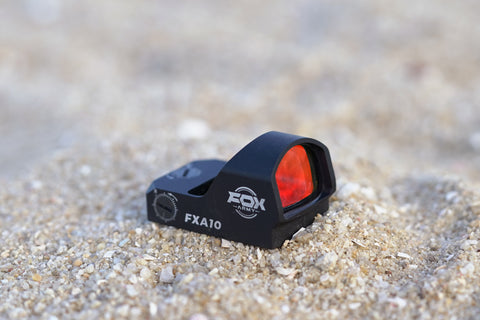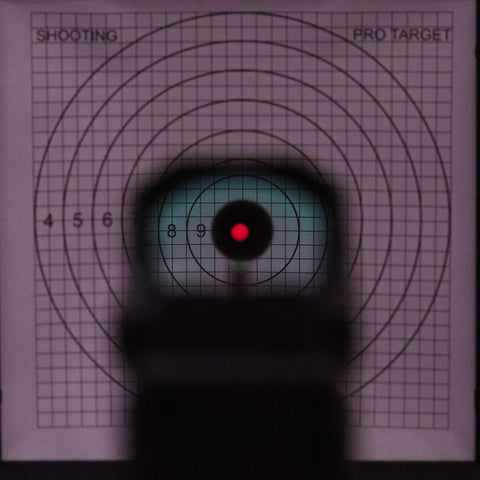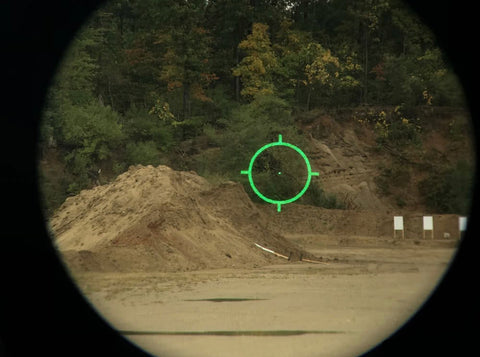
Red Dot Sights vs. Holographic Sights: Exploring Key Differences - Lens Technology, Shooting Accuracy, and Versatility
Many people use scopes as auxiliary devices in their daily shooting activities, with red dot sights and holographic sights being the most commonly used types. Do you know the differences between them?
In fact, the main differences between red dot sights and holographic sights are reflected in their working principles, appearance, and applications.
Working Principles:
Red dot sights primarily work by reflecting a light source, typically a red LED, off a special coating onto a lens to project a red or green dot into the field of view in front of the lens. Shooters align this dot with the target and then fire. This dot does not magnify, thus preserving the visibility of the surrounding scenery.

Holographic sights use laser light sources and optical elements to display a holographic image by recording and recreating the phase information of light. This means you can see a three-dimensional image, including cross-hairs, markings, and other information, rather than just a dot. The image provided by a holographic sight is not restricted by the field of view, allowing for rapid target tracking.
Appearance:
Red dot sights are typically compact and lightweight, featuring only a single red or green dot in the center of the lens, often without complex cross-hairs or markings.


Applications:
Red dot sights are commonly used for close to mid-range shooting, such as handguns, rifles, and shotguns. They excel at quick target acquisition since only a dot needs to be aligned with the target.
Holographic sights are typically employed for mid-range to long-range shooting, especially with rifles. They provide more information for enhanced precision, making them suitable for tasks requiring higher accuracy.